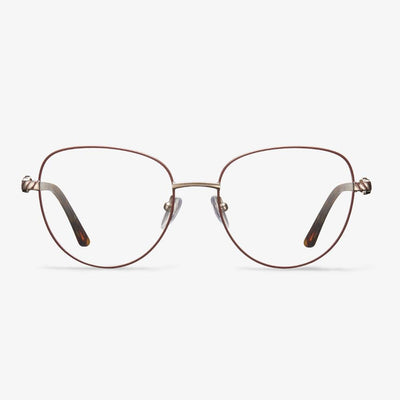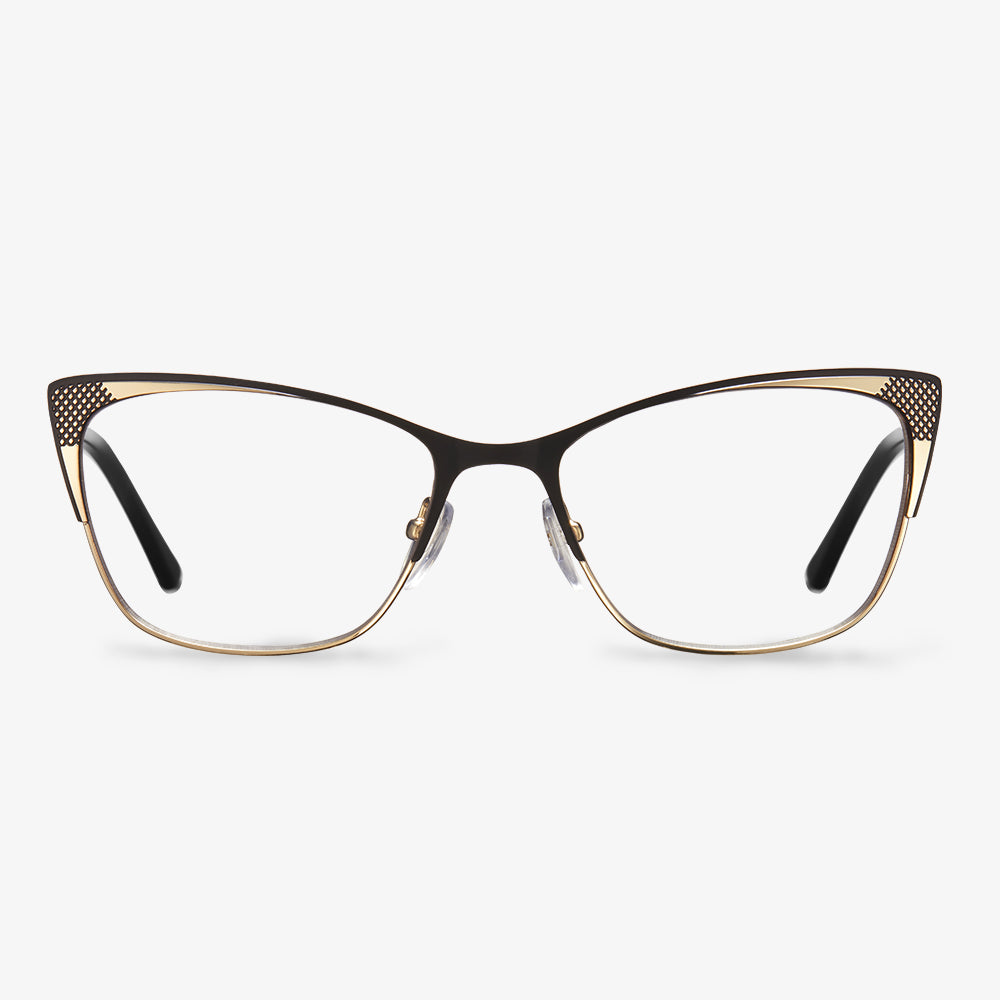Do blue light glasses actually block blue light?
Anti-blue light glasses are still popular on the market. This kind of glasses is said to be 'anti-radiation and anti-blue light', but this kind of hot-selling anti-blue glasses has many problems. At present, such anti-blue glasses mainly block or absorb blue light through special materials, but there are two misunderstandings in its blue light protection. One is that the protection is not preventable, and the other is that the color cast caused by the wrong protection makes visual fatigue aggravated. Studies have shown that our eyes are the most intolerant of blue light in the 400nm to 440nm band. Therefore, current manufacturers mainly block blue light in this band when producing anti-blue glasses. But the electronic products that we often come into contact with nowadays produce blue light between 450 nanometers and 490 nanometers, and anti-blue glasses have almost no protection in this wavelength. Generally speaking, the blocking rate of anti-blue glasses is 20% to 30%, but now the blocking rate of anti-blue glasses on the market basically reaches 80% to 90%. This high blocking rate can also easily cause a color shift. , It is easier to make the eyes tired.
Shorter lens beam
When you choose a glasses frame for kids, you must pay attention to that the lens beam must be short. The size of the lens beam stipulated by the national standard is 13~22mm. As a child, it should be controlled under 18mm. Otherwise, the position stability of the glasses will be poor.
Finally, they can not casually wear other people's glasses. The strength of each person's glasses, the distance between the optical centers of the two lenses, the length of the temple are different. So they can not casually wear other people's glasses.
Cosmetic Contact Lenses & Chromatic Contact Lenses
We are used to referring to chromatic contact lenses as beautiful contact lenses. In fact, beautiful contact lenses are a registered trademark of Johnson & Johnson in 2007. It is the name of a product series of Johnson & Johnson. Not all chromatic contact lenses are called beautiful contact lenses. Regular contact lenses can have complications if they are not properly worn, and these can also be seen in chromatic contact lenses. But because the color piece was much a layer of pigment, if the quality is not up to standard, there will be greater safety hidden trouble.
Is it cheaper to buy glasses online?
Online glasses matching adopts the operation mode of online platform and factory-style centralized mirror matching center, and returns all the huge site, labor, and intermediate costs saved in physical stores to consumers, providing better glasses matching the quality and lower product price! So, the price is cheaper.
Tungsten Carbon Steel Spectacle Frame
Tungsten-carbon steel is an upgraded version of TR90. Its characteristics are basically lighter, softer, and higher in hardness than the original TR90. It is said to be the material softer than water, lighter than paper, and harder than steel. Tungsten-carbon materials are also called yellow materials in the glasses industry, and the terms of tungsten-carbon plastic are only for consumers because consumers do not know what they mean.
In terms of raw materials, titanium is the most expensive material, and the value of raw materials determines the final retail price of the glasses. The cost of tungsten carbon is slightly higher than the price of TR90 by about 20%, which is about the same as the value of low-end alloy glasses. The cost and value of pure titanium are 3 to 4 times that of TR90 and low-end alloy glasses, so the basic price difference between a pair of brand new pure titanium glasses and TR90 glasses is very large.
Which is better, Essilor lens or Zeiss lens?
1. Different high-density resin substrates. Essilor Diamond Crystal series 1.74 lenses use resin with a density of 1.46 as raw materials. The lens itself has higher hardness. Combined with Diamond Crystal series film layers, the lifespan of the lens is better improved. The outstanding abrasion resistance is obvious.
2. Different technical support. The greater the density of the lens, the harder the substrate. However, the larger the density of the lens under the same volume is heavier. Therefore, Zeiss has the best trade-off between density and component and selects high density on the basis of high refractive index and frivolity substrates.
3. Different Features. The anti-fog molecules on the two surfaces of the lens are activated by an anti-fog activator. Therefore, the fog differentiates into a thin layer that is invisible to the eyes, instead of forming a fog. Each spray of activator can last about a week. Zeiss resin lens guarantees up to 99.4% of the lens light transmittance, and the naked eye can no longer feel whether the lens is worn or not.
Production technology of progressive lenses
In addition to the evolution in design, the production technology of progressive lenses is also constantly improving: the most representative one is the free-form technology. The emergence of free-form surface technology makes the production more flexible and rapid and can realize a more personalized design. For now, progressive lens design is done on the inside surface of the lens by a computer-controlled lathe, as if a master engraver could carve a piece of stone into a work of art.


















































